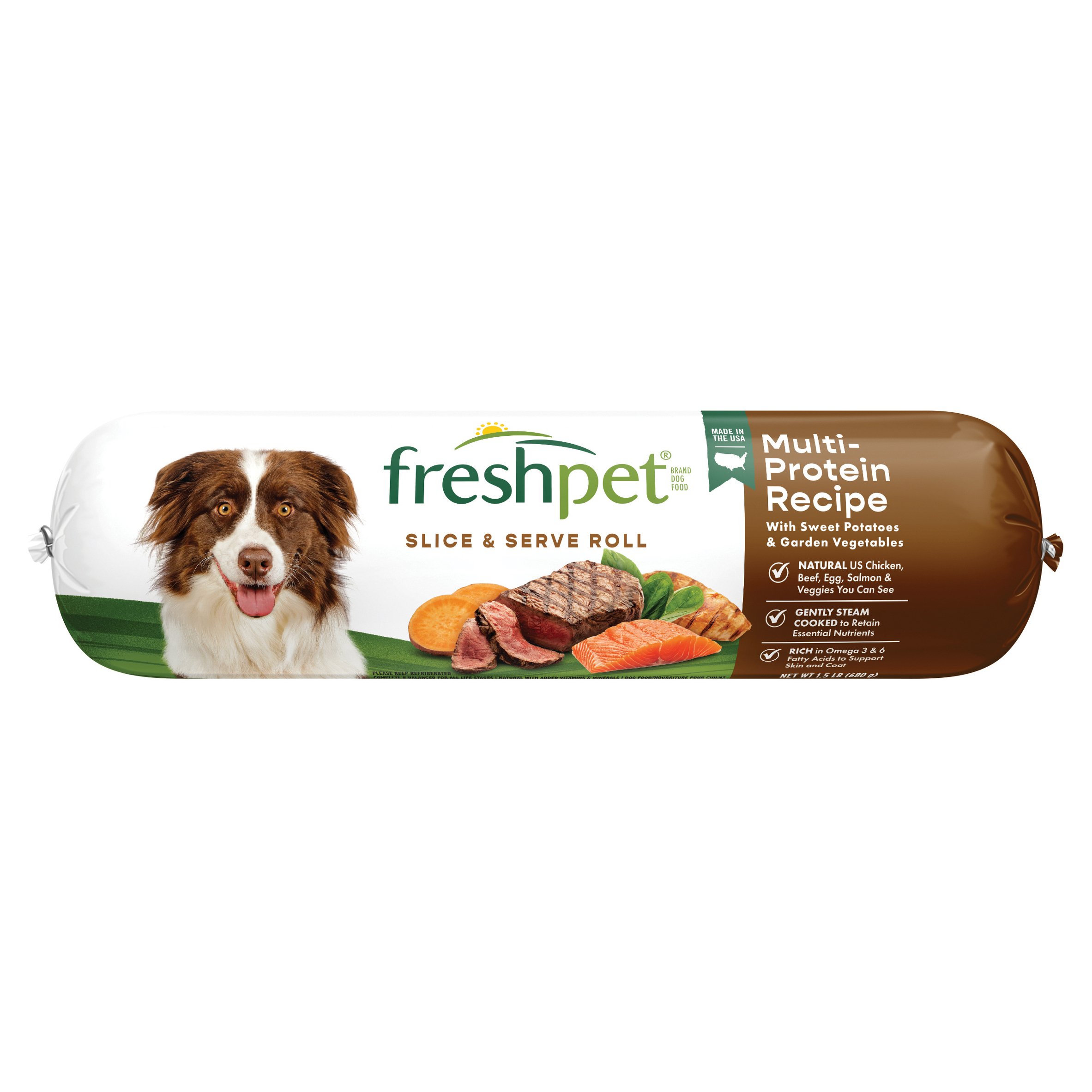News Blast Hub
Stay updated with the latest news and insights.
What's Really in Your Pet's Bowl?
Discover the shocking truth about your pet's food! Uncover hidden ingredients and make informed choices for a healthier pet.
The Truth About Pet Food Labels: What You Need to Know
When it comes to choosing the right food for your furry companions, understanding pet food labels is crucial. Many pet owners are misled by marketing jargon and enticing packaging that can obscure the true quality of the ingredients. For example, terms like 'natural,' 'premium,' or 'holistic' are not regulated and can vary widely between brands. It's essential to look for clear information on the label, including the ingredient list. Ingredients are typically listed in descending order by weight, meaning the first few ingredients are the most significant—are they primarily meat-based or filled with fillers like corn and soy?
Another critical aspect of pet food labels is the guaranteed analysis section, which provides information about the nutritional content of the food. This section should include percentages of protein, fat, fiber, and moisture. However, it's important to note that these figures don't tell the whole story. For instance, a food high in protein may still be subpar if the protein source is of low quality. To ensure your pet gets a balanced diet, consult your veterinarian for recommendations tailored to your specific pet's health needs. Making informed decisions based on label reading can lead to better health outcomes for your beloved pets.

Hidden Ingredients in Pet Food: Are They Safe?
When selecting the right food for your furry friends, many pet owners often overlook the hidden ingredients in pet food. These ingredients can sometimes include by-products, fillers, and artificial additives that may not be immediately apparent on the packaging. While some additives are safe and even beneficial, others can pose health risks or provide minimal nutritional value. It's essential to scrutinize ingredient labels carefully and understand what these hidden components entail, as they play a significant role in your pet's health.
Not all hidden ingredients are created equal. For instance, common ingredients like meat by-products can come from a variety of sources, some of which may not meet the quality standards expected by pet owners. To ensure your pet's safety, it’s crucial to prioritize brands that offer transparency about their ingredient sourcing. Additionally, consider asking your veterinarian for guidance on specific pet food brands or types that are known for their integrity and commitment to quality. Your pet’s health relies on what they consume, making informed decisions about hidden ingredients vital.
Is Your Pet's Bowl Healthy? A Deep Dive into Pet Nutrition
When assessing whether your pet's bowl is healthy, it's essential to consider the quality of the food you provide. Many pet foods contain fillers, artificial additives, and low-quality ingredients that can lead to nutritional deficiencies. Look for brands that prioritize whole ingredients and provide clear information about their sources. Additionally, understanding your pet's specific dietary needs based on their age, breed, and health conditions is crucial in making informed choices. A well-balanced diet can enhance your pet's vitality, support their immune system, and promote a healthy coat.
Moreover, portion control plays a vital role in maintaining your pet's health. Overfeeding can lead to obesity, which is associated with various health problems such as diabetes and joint issues. Utilize resources like feeding guides to determine the appropriate serving sizes for your pet and adjust them based on their activity levels. Don't forget to monitor how your pet reacts to their food; changes in energy levels, weight, and overall health can indicate whether your pet's bowl is meeting their needs. Remember, a healthy bowl equals a happy, thriving pet!